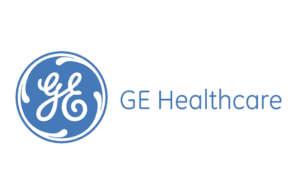 GE Healthcare (NYSE:GE) announced today that it has made available a new intelligent workload management solution for radiology.
GE Healthcare (NYSE:GE) announced today that it has made available a new intelligent workload management solution for radiology.
The company announced the new software platform for its PACS solutions, integrated with Q-IT’s (a Quantum Imaging & Therapeutic Associates subsidiary) Helix Radiology Performance Suite, at the Society for Imaging Informatics in Medicine (SIIM) 2022 Annual Meeting.
According to a news release, the intelligent workload management solution, which operates on predictive analytics, optimizes radiologists’ workflow across an entire enterprise, enabling reading at peak efficiency to improve productivity and reduce burnout.
GE Healthcare also designed the platform to allow for more accurate predicting and distributing workload, plus more fairly measuring performance against compensation.
“Radiologists are desperate for the latest tools to keep up with an ever-increasing caseload,” GE Healthcare CEO of Enterprise Digital Solutions Nalinikanth Gollagunta said in the release. “The new intelligent management workload uses predictive analytics to efficiently allocate case workload improving radiologists’ productivity while providing more work and life balance.”
Quantum Imaging & Therapeutic Associates has seen several benefits of the platform including a 16.7% improvement in super STAT turnaround times, a 20.5% improvement in STAT/emergency department turnaround time and a 4.8% improvement on inpatient turnaround times on exams distributed through the solution.
Additionally, the company said the percent of service level agreement exceptions across the practice for the emergency department, while inpatient and outpatient exams have been cut by more than half to drive efficiency and lower cost.
“A traditional radiology worklist is a complex, relatively static and filterable list of stat and non-stat exams,” Quantum Imaging & Therapeutic Associates President and CEO Dr. Elizabeth Bergey said. “With this intelligent workload management solution, enterprise equilibrium is achieved by intelligently prioritizing and dynamic exam assignment based on the real-time assessment of the active radiologist workforce, their skillsets and using novel exam complexity modifiers to help enable the right radiologist is reading the right exam at the right time. These advancements have allowed us to experience a rapid productivity increase of 15-22% that has been sustained1.”